General Landscape Uses: Accent grass. Large groundcover in wet to moist areas.
Description: Large herbaceous grass.
Dimensions: Typically 3-4 feet in height; to 6 feet when in flower. About as broad as tall.
Growth Rate: Moderate.
Range: Widespread in eastern and central North America south to Miami-Dade County and the Monroe County mainland; West Indies, Mexico, Central America and South America.
Habitats: Marshes, swamps and wet pinelands.
Soils: Moist to wet, moderately well-drained to poorly-drained sandy, organic, or limestone soils, with humusy top layer.
Nutritional Requirements: Moderate; can grow in nutrient poor soils, but needs some organic content to thrive.
Salt Water Tolerance: Low; does not tolerate flooding by salt or brackish water.
Salt Wind Tolerance: Low; salt wind may burn the leaves.
Drought Tolerance: Moderate to low; requires moist to wet soils, but tolerant of short periods of drought once established.
Light Requirements: Full sun to light shade.
Flower Color: Anthers orange, stigma purple.
Flower Characteristics: Semi-showy inflorescence.
Flowering Season: Spring-fall.
Fruit: Inconspicuous caryopsis.
Wildlife and Ecology: Larval host plant for clouded skipper (Lerema accius) and three-spotted skipper (Cymaenes tripunctus) butterflies. Provides seeds and insects for birds.
Horticultural Notes: Can be grown from seed and division.
Comments:

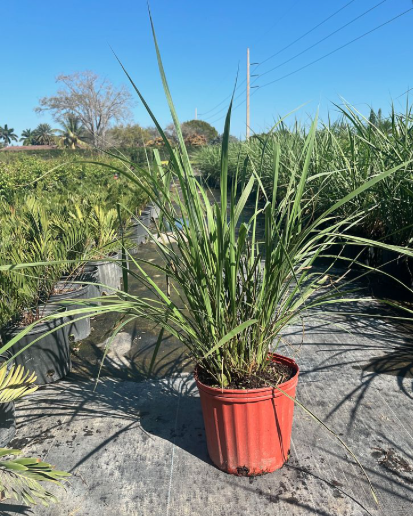

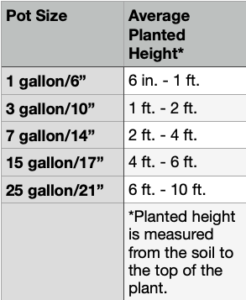
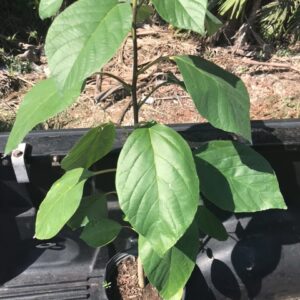
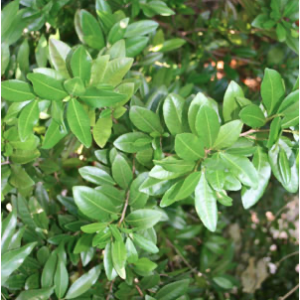
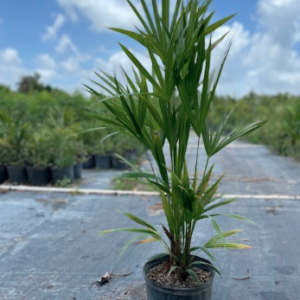
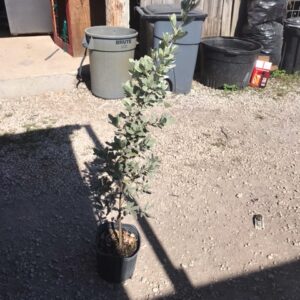
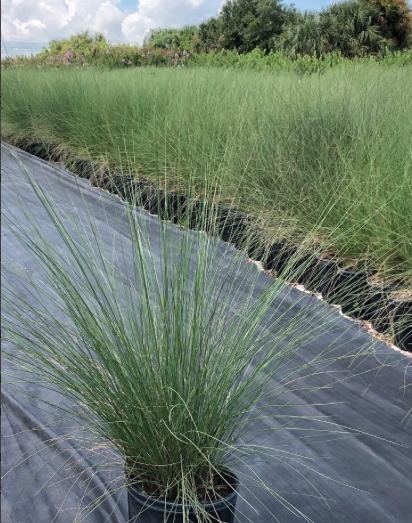
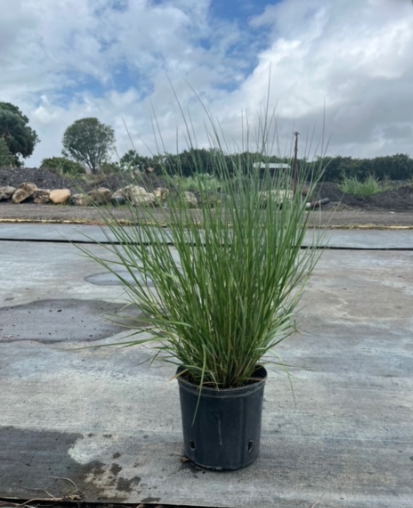
Jerry S. –
A great native grass.
Yolanda G. –
I put this in my native plant garden and it’s doing well.